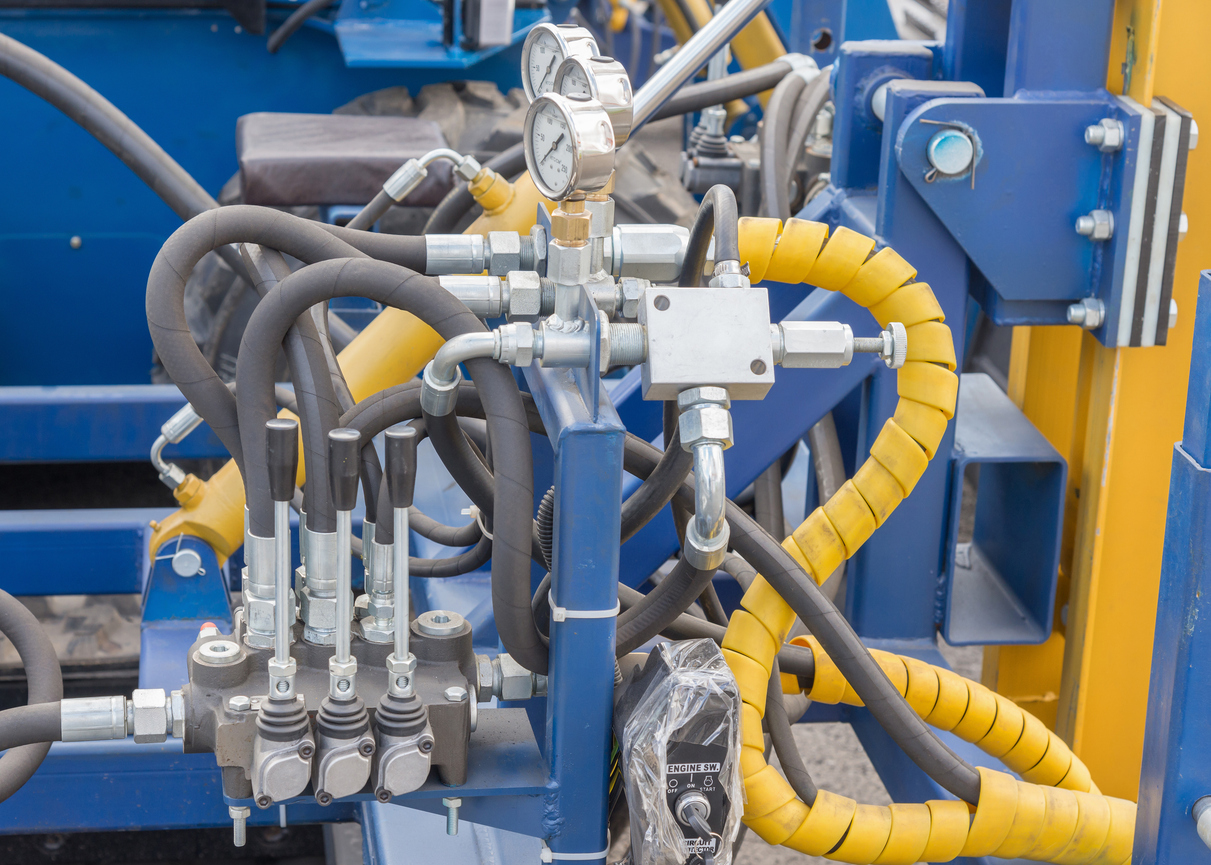If you’re in the automotive, oil & gas, or aerospace industries, chances are your operations can’t function without robust fluid systems. But fluid systems also play a vital role in other sectors (e.g. food & beverage systems, industrial applications, etc.). Whether it’s managing the movement of crude oil or packing beverages with precision, fluid systems and their components are essential to modern life.
When it comes to ensuring long-term performance of fluid systems, the components are critical; and manufacturing them requires injection molders with experience and expertise.
The Stresses Faced by Fluid Systems and Components
Injection molded components in fluid systems are exposed to a wide range of demanding environments. Some of the biggest faced by fluid systems and components include:
- Pressure—Components in fluid systems often operate under high pressures, which leads to a higher risk of part deformation or failure if the part design is not suitable.
- Temperature—Fluid systems are often exposed to extreme temperatures, both hot and cold. High temperatures can cause parts to soften and degrade, while colder temperatures can lead to parts becoming brittle.
- Chemical exposure—Fluid systems almost always involve various chemicals, including solvents, fuels, acids, and bases. It’s essential for manufacturers to choose materials that are chemical resistant.
- Abrasion and wear—Moving parts in fluid systems, such as valves and seals, are subject to wear and tear over time. This can lead to reduced performance or even system failure if the parts are not durable enough.
- Fluid compatibility—Because the fluids within the system come into contact with the components, the materials used must be considered to ensure there are no adverse reactions. Incompatible material can lead to contamination and failure.
- Mechanical stress—Fluid systems and components must be able to withstand both static and dynamic stresses. This includes the forces from fluid flow and any mechanical interactions within the system.
- Fatigue and cycling—Components in fluid systems often experience repeated cycles of stress and pressure, leading to fatigue over time. Long-term durability under cyclic loading is essential to prevent premature failure.
Ensuring the Performance of Fluid Systems and Components
Material Selection
When selecting materials for fluid systems and components, injection molders must consider a variety of factors, including chemical resistance, temperature stability, mechanical properties (including strength, stiffness, and toughness), wear resistance, and compatibility with the fluids being handled.
In order to ensure performance, manufacturers often turn to engineering plastics that can serve the needs of specific applications. For instance, polyethylene (PE) is a common selection for pipes, fittings, and storage tanks due to its high levels of chemical resistance and excellent flexibility even at low temperatures.
Other common materials include polypropylene (PP), polyvinyl chloride (PVC), acrylonitrile butadiene styrene (ABS), polyethylene terephthalate (PET), and specialized polymers that have been designed for specific applications.
Design Optimization
When it comes to designing fluid system components, injection molders work closely with their customers and design engineers to optimize the parts for fluidic systems.
In fluid systems, where pressure is a constant element of operation, part characteristics like wall thickness and reinforcement features are particularly important. Part geometry can also have an impact on fluid flow. Injection molders prioritize designing parts with features that ensure structural integrity, minimize stress concentrations, and enhance performance under operating conditions.
Mold Design and Tooling
Mold design and tooling are critical aspects of injection molding for fluid systems and components. The precision and functionality of these parts depend heavily on the quality and accuracy of the molds used to produce them. To accomplish this, injection molders utilize CAD and CAM software to create molds with complex geometries, tight tolerances, and smooth surface finishes.
Things like cooling channels, venting systems, and gating configurations all have significant impact on successful manufacture of high-quality fluid system parts.
Process Optimization
By fine-tuning various parameters and employing advanced techniques, manufacturers can achieve greater precision, efficiency, and complexity in fluid system components. By tweaking parameters like temperature, injection speed, and cooling rates, injection molders can produce parts with extremely tight tolerances while maintaining performance requirements.
Advanced techniques are also available to achieve more complicated parts, including insert molding, two-shot molding, and overmolding.
Quality Assurance and Testing
Finally, quality assurance and testing are both vital to ensuring fluid system component performance and reliability. Injection molders conduct a number of tests to achieve this. A few examples include dimensional inspections, material testing, pressure testing, leak testing, functional testing, and chemical resistance testing.
This, in combination with a focus on continuous improvement, enables molders to tweak processes, alter production parameters, and customize part designs to function at the highest levels.
Ensinger Delivers High-Performance Components for Fluidics Systems
At Ensinger, our expertise lies in working with high-performance thermoplastics to deliver precision injection molded components. We work with a wide range of industries, but we have extensive experience in producing parts for fluidic applications, including those used in medical, aerospace, and oil & gas settings. We also offer comprehensive plastic CNC machining capabilities when your project requires additional layers of precision and customization.
Beyond that, our offerings span across the manufacturing process, and include design and engineering, advanced manufacturing, and quality assurance and testing.
Connect with us today to get started.
